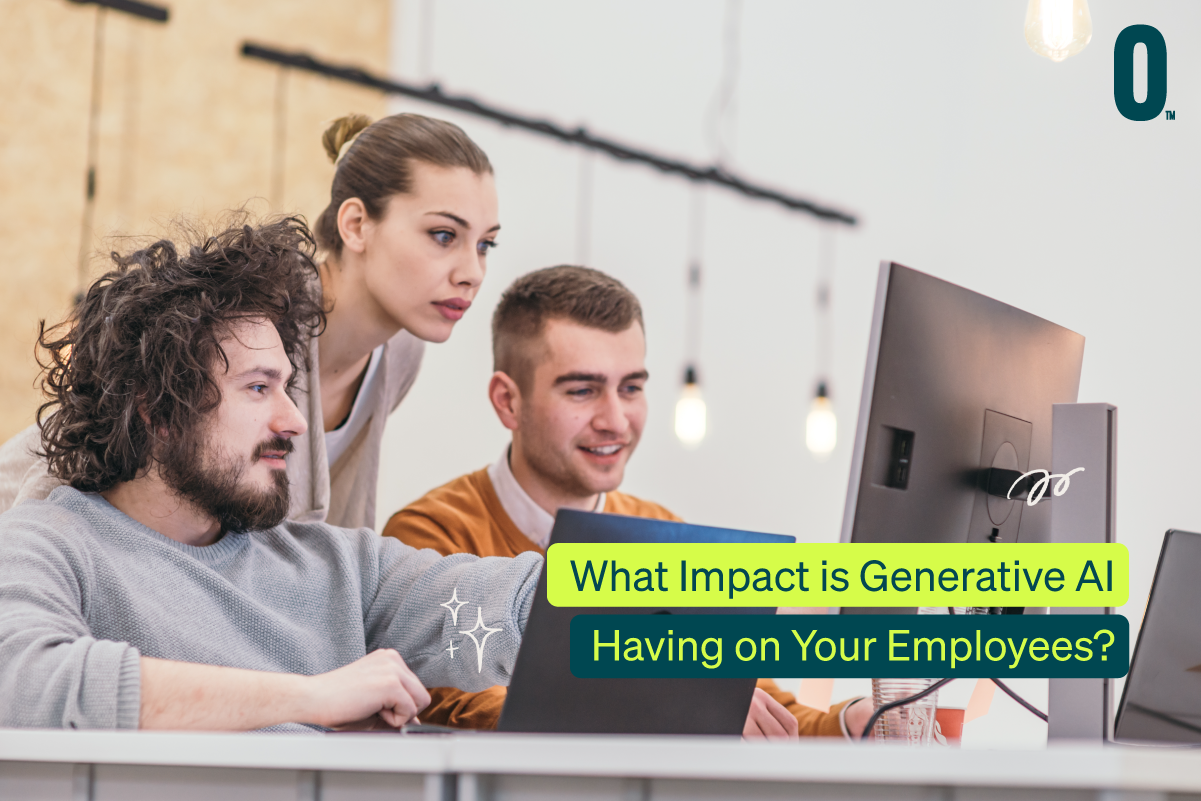In terms of workplace technology, one advancement that has taken the world by storm is Generative AI. This revolutionary technology, epitomised by ChatGPT developed by OpenAI, has rapidly transformed the field of natural language processing. Reaching 1 million users in record time, faster than household names like Netflix, Facebook, Spotify, and Instagram, ChatGPT showcases the escalating demand for sophisticated artificial intelligence (AI) solutions.
What’s so Great About ChatGPT?
The meteoric rise of ChatGPT can be attributed to its accessibility, interactivity, and its profound ability to expedite daily tasks, thereby enhancing productivity. Its evolution has redefined human interaction with technology, enabling responses to follow-up questions, acknowledgment of mistakes, challenging erroneous assumptions, and declining inappropriate requests.

How This is Driving Investment in Generative AI
The influx of investment into organisations leveraging generative AI, such as Microsoft, Google, and AWS, underscores the profound opportunities this technology presents across various sectors. Particularly, paraprofessionals, applied sciences, middle management, and education services stand to benefit significantly.
As leaders contemplate the strategic implications of generative AI, it becomes imperative to assess its impact on the workforce. Research indicates that over the next decade, generative AI will exert a more substantial influence on white-collar roles compared to blue-collar ones. The rationale behind this dichotomy lies in the nature of tasks inherent in each category.
Who is Most Affected?
White-collar roles often entail repetitive and technical tasks, such as scheduling appointments or handling calls, which are easily replicable by generative AI. Studies suggest that approximately 30% to 46% of hours spent on certain white-collar tasks could be delegated to generative AI. Conversely, blue-collar roles involving manual labour or customer service elements exhibit minimal susceptibility to automation, with less than 1% of tasks being feasible for generative AI.
Employers navigating the advent of generative AI must proactively adapt their workforce. White-collar sectors necessitate swifter action in upskilling and reskilling initiatives to harness the benefits of generative AI effectively. Targeted learning and development initiatives can empower employees to thrive amidst technological disruptions, fostering a future-ready workforce.

How to Find Out How Your Employees are Being Impacted
When looking at the implications of generative AI on the workforce, here are several questions every leader or business owner should ask:
Where can I apply generative AI in my organisation to create enriched customer interactions, accelerated decision making, or better content generation?
Organisations must develop a clear and prioritised plan of action and find the best AI tools aligned with both their organisational and workforce strategies. Beyond customer interactions, opportunities are endless for enhancing corporate functions, driving meaningful business results, and fostering competitive advantage.
How can this change my employees’ interactions with my customers?
Generative AI has the potential to revolutionise customer interactions by automating direct engagement and augmenting live support with enhanced data insights. However, ethical considerations surrounding the mimicry of human interactions necessitate careful scrutiny.
How do I create a culture that embraces generative AI while maintaining customer experience, trust, and quality?
Fostering a culture conducive to embracing emerging technologies requires leaders to inspire their teams – to promote curiosity, experimentation, and technical knowledge acquisition across the organisation. Balancing risk-taking with risk management becomes paramount in navigating this new era of work.
How could this change my workforce strategy, including role definition, recruiting, development, and performance management?
Generative AI’s potential to disrupt traditional job roles underscores the imperative of aligning technology roadmaps with workforce plans. An integrated strategy encompassing learning and development, performance management, and recruitment becomes indispensable in navigating this paradigm shift.
How will I upskill and strategically redeploy displaced workers?
Proactive approaches to upskilling and strategic redeployment of displaced workers can enhance the employee value proposition, fostering meaningful and strategic contributions. By aligning workforce development initiatives with technological advancements, organisations can gain a competitive edge in the evolving landscape.
The advent of generative AI heralds transformative possibilities for organisations, reshaping the dynamics of the workforce. Embracing this technology entails strategic foresight, proactive adaptation, and a commitment to cultivating a future-ready workforce capable of thriving amidst technological disruptions. By addressing key questions and leveraging generative AI thoughtfully, organisations can unlock untapped potential, driving sustainable growth and innovation in the digital age.
IT Outsourcing and Strategy – Affordable Solutions for the Future of Work
The era of AI is reshaping the Australian workforce and economy, promising significant productivity gains but also necessitating workforce reskilling and upskilling. As roles evolve and technology plays an increasingly central role in businesses across sectors, SMBs can turn to our ISO27001 certified MSP for affordable IT outsourcing solutions.

Our comprehensive services, including IT support, cloud services, cybersecurity, and C-level IT strategy consulting, are tailored to meet the unique needs of SMBs. Embrace the future with confidence, and let our MSP empower your business to thrive in the age of generative AI. Let’s chat.



